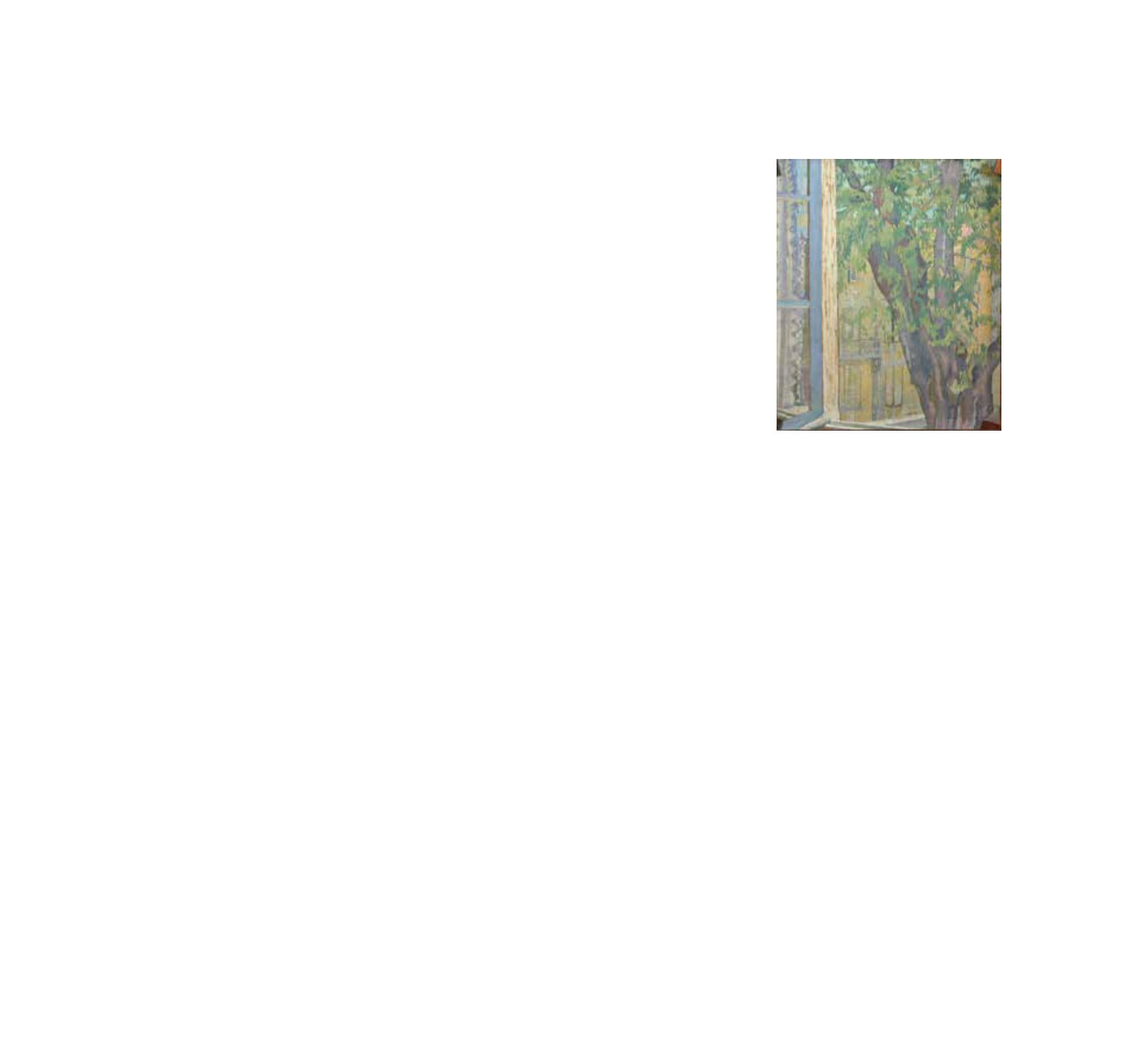
44
34
William John Leech RHA (1881-1968)
Still Life of Flowers in Mirror
Oil on canvas, 96.5 x 81cm (38 x 32”)
Signed
Another finished work verso “View of Town from a French Window” (see illustration),
which some people prefer
Provenance:The collection of Dr. Eileen McCarville; later in the Collection of George and
Maura McClelland and on loan from them to IMMA from 1999 - 2004;
Private Collection Dublin
Exhibited:
RHA Annual Exhibition
1932, Cat. No.179;
William J. Leech
exhibition,The Dawson Gallery, Dublin, May/June 1945, Cat.
No.25;
Irish Art 1943-1973
ROSC Cork, Aug/Nov 1980, Cat. No.70 (label verso);
William John Leech: An Irish Painter Abroad
, National Gallery of Ireland, Oct/
Dec 1996, Musée des Beaux Arts, Quimper, Jan/March 1997,The Ulster Mu
seum, Belfast, March/June 1997, Cat. No.82
Literature:
William John Leech: An Irish Painter Abroad
by Denise Ferran 1996, full page
illustration p247;
The Hunter Gatherer,
Irish Museum of Modern Art 2004, illustrated Fig.27
p.39
€10,000 - 15,000
After nearly a decade spent in France, when Leech settled in London he found himself concerned with colour, and especially
in ‘trying to evolve sunlight and reflections’.When in France he had been able to capture the effects of sunlight while painting
en plein air, but in London he concentrated instead on interior and flower studies and still lives.
Flowers in a Mirror
allowed Leech to demonstrate his command of the depiction of colour, light, shape and form. The light
on the orange red gladioli and the mauve hued daisies doubly sparkle in their reflected glory, captured in the mirror behind,
confusing the viewer, leading to the question what is real or reflected, what is casual or contrived.
Leech’s virtuoso skill in composition also manifested itself. Though the viewer is drawn in to the many faceted light reflec-
tions, Leech focused attention on the slightly off centre dominant vertical created by the earthenware vase and the stems of
the flowers which is repeated in the reflected image and divides the work on the golden median principle. Similarly the deep
shadow behind the edge of the white tablecloth, divides the work horizontally.The strong diagonal, created by the edge of the
tablecloth, is repeated a multiplicity of times, in the bottom edge of the mirror, the reflected window frame and the reflected
folds of material.This formal structure underpins this image of colourful, beautiful flowers which capture the summer sunlight
for all time, long after it and the flowers and the artist have gone.
We would like to acknowledge Dr. Denise Ferran, whose research and writings formed the basis of this catalogue entry.


